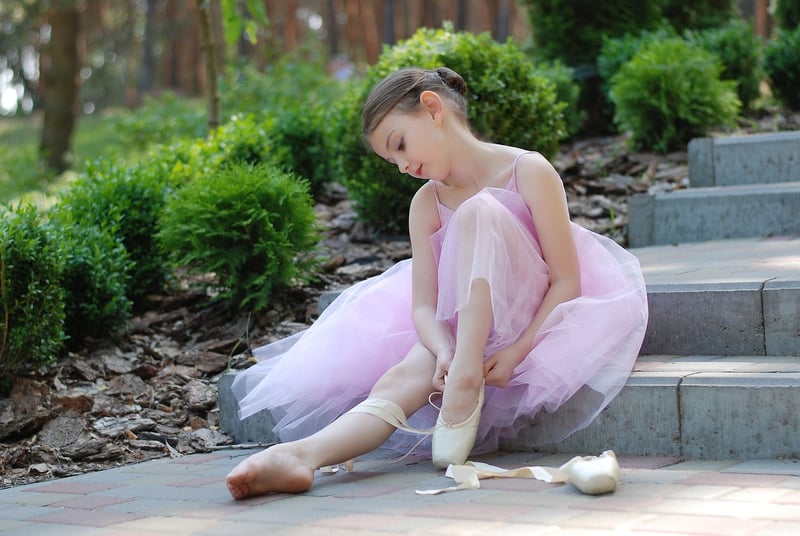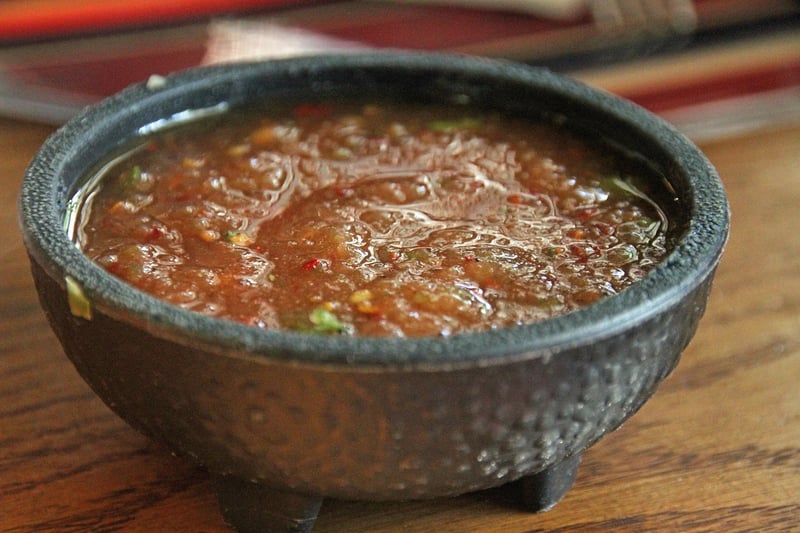Salsa
The Art of Expressive Movement in Salsa Dancing

Salsa dancing is not just about following steps; it's about expressing yourself through movement. The art of salsa lies in the ability to convey emotions, passion, and energy through each step and turn.
What is Expressive Movement?
Expressive movement in salsa is the art of using your body to tell a story, evoke feelings, and connect with your dance partner and the music on a deeper level. It involves fluidity, grace, and emotional connection.
How to Incorporate Expressive Movement in Salsa
- Connect with the Music: Let the music guide your movements. Listen to the rhythm, melody, and lyrics to interpret the emotions and express them through your dancing.
- Use Body Isolation: Learn to isolate different parts of your body, such as hips, shoulders, and arms, to create contrast and add depth to your movements.
- Facial Expressions: Your face is just as important as your body in conveying emotions. Smile, make eye contact, and let your expressions reflect the mood of the music.
- Play with Dynamics: Vary your speed, intensity, and energy levels to create dynamic and engaging performances.
Benefits of Expressive Movement in Salsa
- Enhanced Connection: Expressive movement helps you connect with your dance partner on a deeper level, leading to better communication and synchronization.
- Emotional Release: Dancing expressively allows you to release stress, express emotions, and experience a sense of freedom and joy.
- Improved Performance: Adding emotion and expression to your dancing can elevate your performance and leave a lasting impression on your audience.
So next time you hit the salsa dance floor, remember to let go of inhibitions, feel the music, and express yourself through every step and movement. Salsa is not just a dance; it's a form of art that allows you to communicate, connect, and express your innermost feelings.
Embrace the art of expressive movement in salsa and watch how it transforms your dancing into a captivating and memorable experience.
